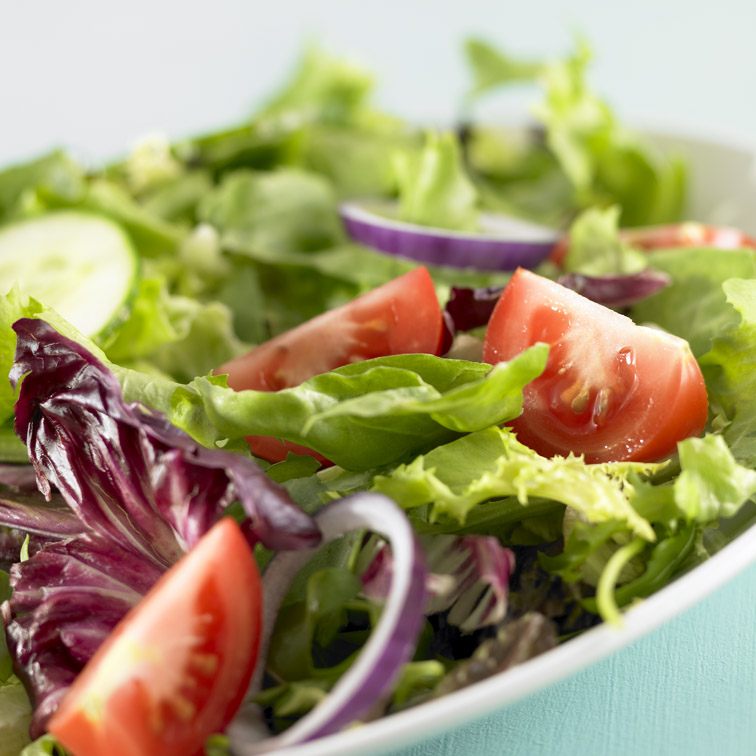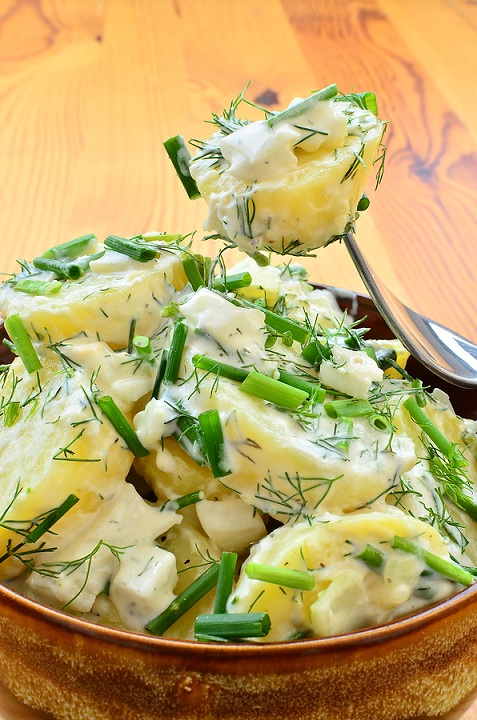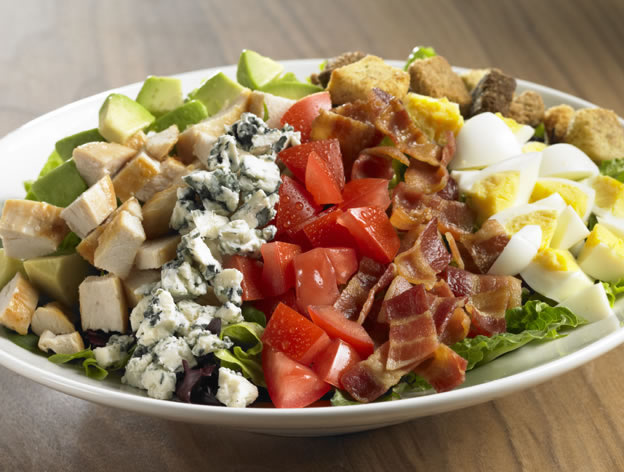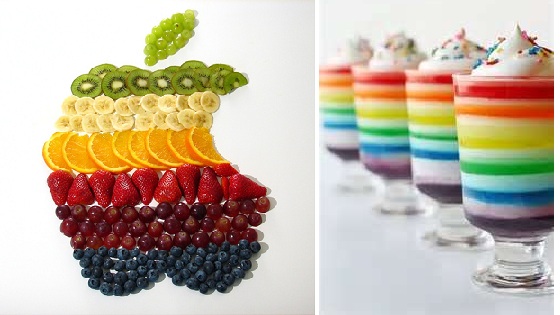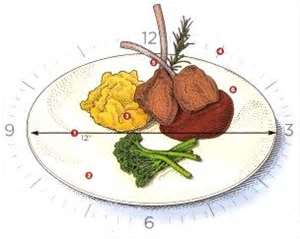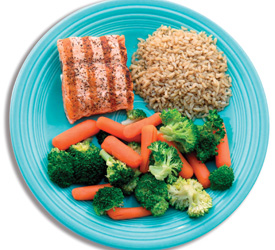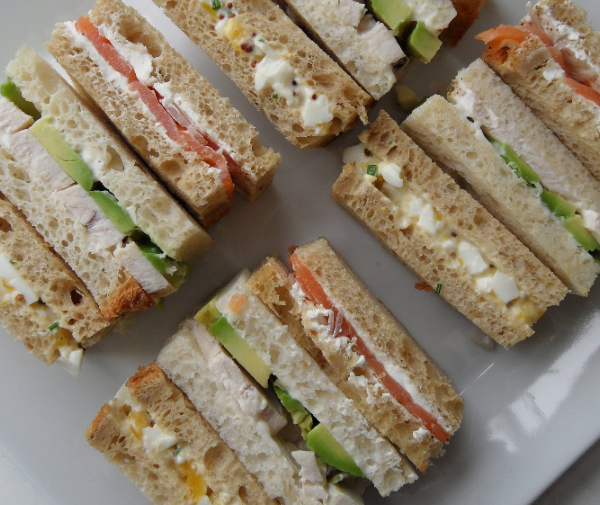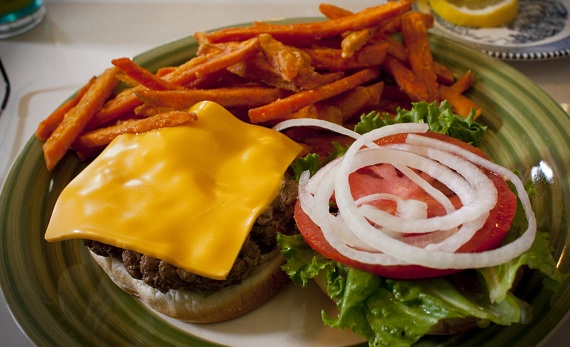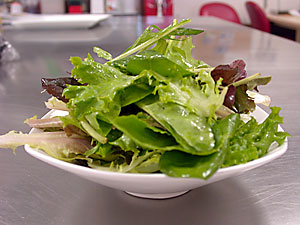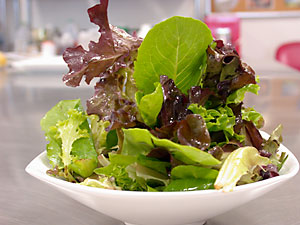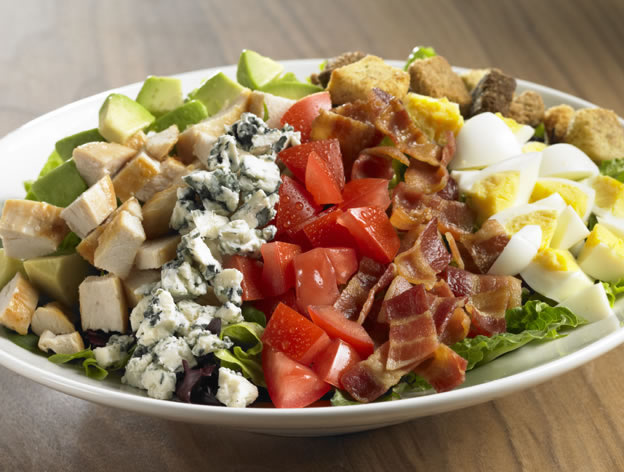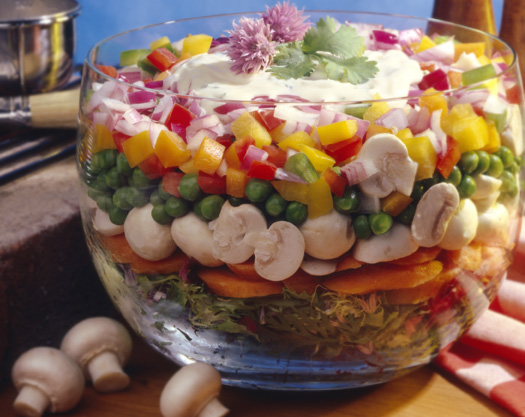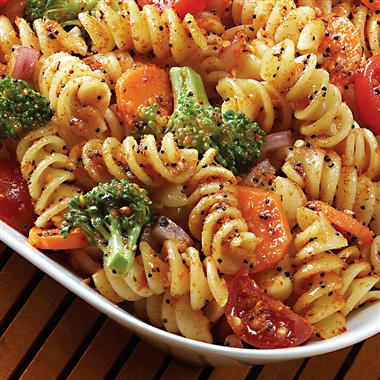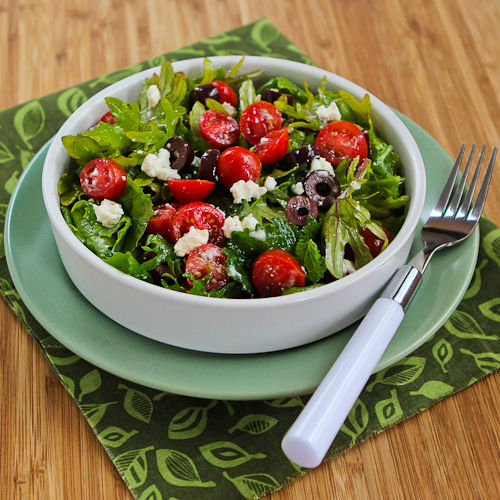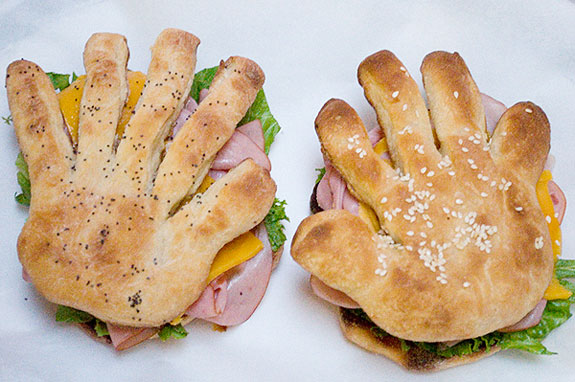-
White and Whole Wheat

- White and whole wheat bread varieties (in the form of loaves or buns) have a mild flavor, which make them best for mild fillings such as meat, vegetables and various butters. They are traditional western breads and are made with yeast, which causes the texture to be light and airy.
Flatbreads and Pitas
- In Middle Eastern cultures, bread is made unleavened so it does not rise. The result is chewy, dense types of bread such as pita and naan. Ideal for making wraps and stuffed pockets, unleavened breads typically have fewer carbohydrates than leavened breads, so they're a good choice when you're watching your daily carb intake.
Flavored Breads
- Breads such as rye, pumpernickel and sourdough have distinct flavors that can often be acquired tastes. These breads are often sold as specialty items in bakeries and grocery stores. Because the flavor is often strong, they make the best sandwiches when paired with flavorful fillings, such as pastrami and strong cheese.
- Breads such as rye, pumpernickel and sourdough have distinct flavors that can often be acquired tastes. These breads are often sold as specialty items in bakeries and grocery stores. Because the flavor is often strong, they make the best sandwiches when paired with flavorful fillings, such as pastrami and strong cheese.
Bagels and English Muffins
- Although sandwiches are often associated with lunchtime, breakfast can be an ideal time for a sandwich as well. Eating a breakfast sandwich made with lean meat and vegetables is a fiber-filled way to start the day and feel full until lunch.
- Although sandwiches are often associated with lunchtime, breakfast can be an ideal time for a sandwich as well. Eating a breakfast sandwich made with lean meat and vegetables is a fiber-filled way to start the day and feel full until lunch.
Sandwich Making Hints
- When cutting bread, keep slices together in pairs so that they will fit together.
- Have butter, margarine, or spread at room temperature so that it will spread without tearing the bread. Cream if necessary. Spread very thin.
- Bread may also be multilayered with one or more types of filling as in clubhouse sandwich.
- Different colors of bread can be combined together and sliced differently to make interesting designs for the sandwich.
- Apply spread on bread evenly to prevent sogginess. Then put in the prepared filling.
- Vary serving of sandwiches by using different kinds of bread, fillings and by cutting them into different shapes.

